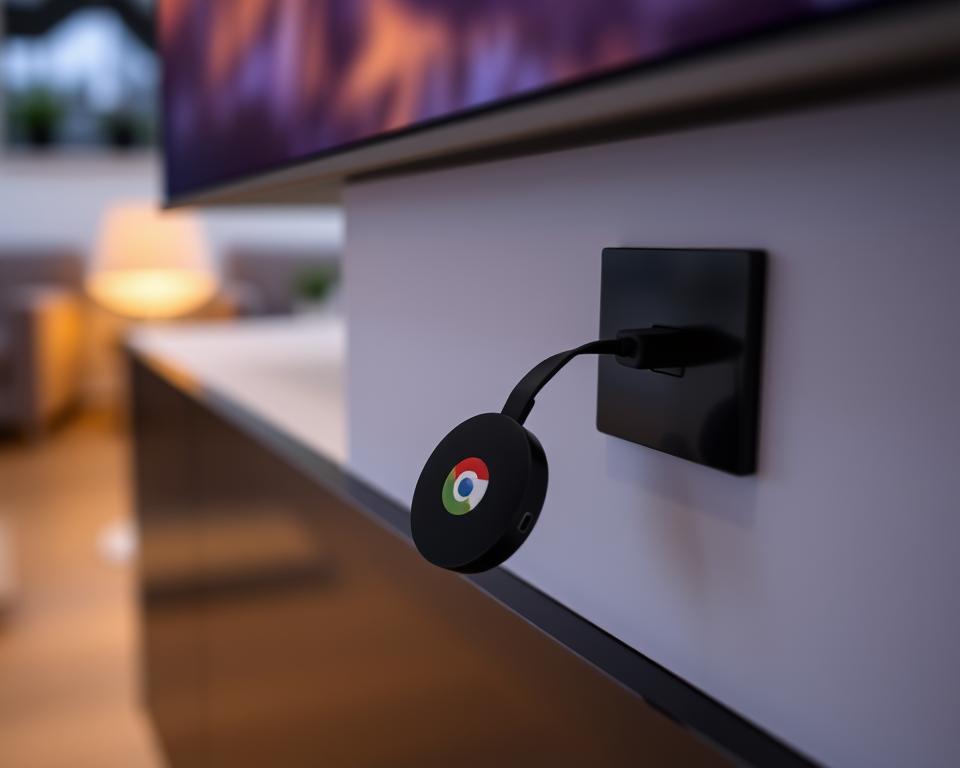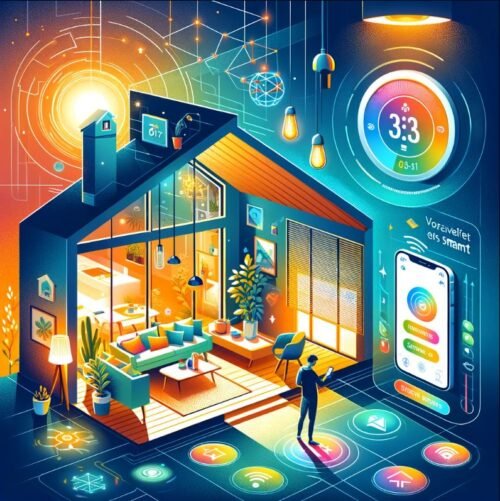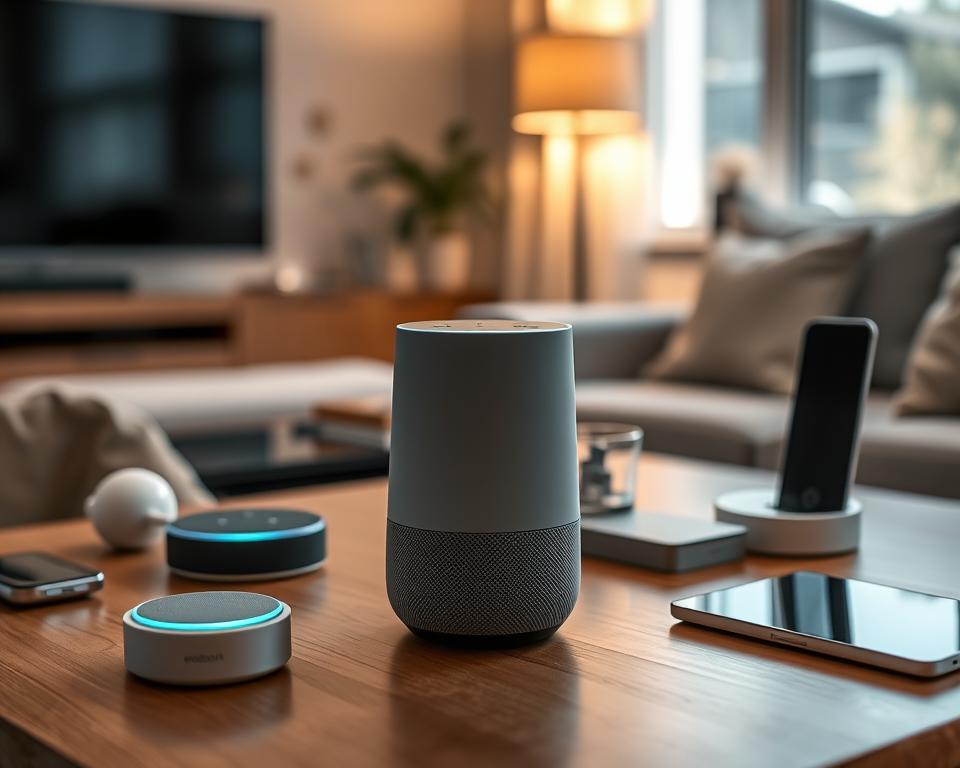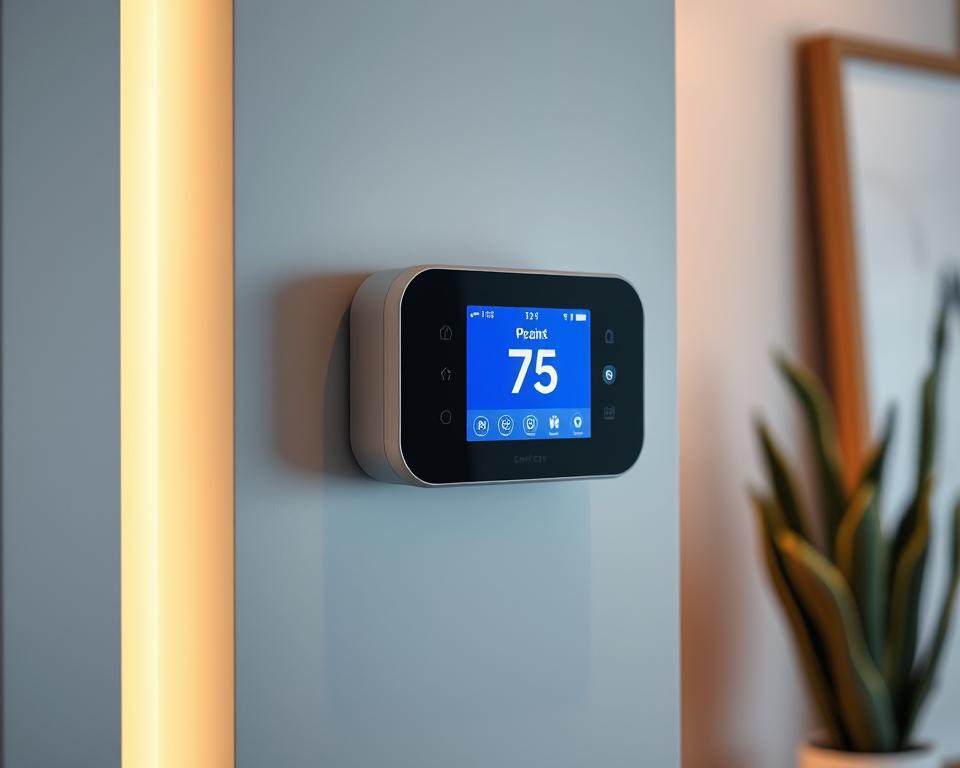
Chromecast with Google TV (HD) - Streaming Stick Entertainment on Your TV with Voice Search
$30 - $35
The traditional Chromecast device has evolved, and the latest models in the Chromecast with Google TV line require a dedicated power supply. Unlike earlier Chromecast versions from 2013 to 2018, which could often be powered directly through the USB port on the back of a TV, the new Chromecast with Google TV (4K) and Chromecast with Google TV (HD) models necessitate a 5V/1.5A power adapter that is included in the box.
This shift in power requirements reflects the increased capabilities and features of the newer Chromecast devices. As they offer more advanced streaming capabilities, including support for higher resolutions and enhanced user experiences, the need for a dedicated power supply has become essential to ensure reliable and optimal performance.
Understanding the Power Requirements of Chromecast
Chromecast and Power Supply: The Basics
The original Chromecast device required a 5V, 1A power supply that was included in the box. This power supply provided the necessary power to the Chromecast for it to function and stream content. The power requirements for the device were relatively low, allowing it to be powered directly through a TV’s USB port in most cases.
Chromecast Ultra and Power Adapter: What You Need to Know
The Chromecast Ultra, which supported 4K video streaming, had slightly higher power requirements. While it could still be powered by a TV’s USB port in some cases, it sometimes required the use of the included 5V, 1A power adapter to ensure reliable performance, especially when streaming 4K content.
In terms of power consumption, the Chromecast draws around 420 mA at peak while decoding a 1080p Netflix stream or Chrome tab streamed to it, and around 250 mA at idle, all at 5 V. This equates to a peak power usage of around 2 watts and about 1 watt at idle.
The power supply provided with the Chromecast is a 5V, 850 mA USB adapter, ensuring sufficient power delivery for the device’s needs. However, the Chromecast does not support MHL-HDMI for power, as HDMI only supplies 50 mA at 5V, which is not enough to power the device.
Chromecast with Google TV: The New Generation
The latest Chromecast devices, the Chromecast with Google TV (4K) and the Chromecast with Google TV (HD), represent a new generation of Chromecast that run on the Android TV operating system. These devices have more advanced hardware and software capabilities compared to the original Chromecast, and as a result, they require a dedicated power supply to function properly.
The Chromecast with Google TV (4K) boasts a resolution of up to 4K HDR at 60 FPS, with support for Dolby Vision, HDR10, HDR10+, and HLG video formats. It also supports Dolby Digital, Dolby Digital Plus, and Dolby Atmos audio via HDMI passthrough. Connectivity options include Wi-Fi 802.11ac (2.4 GHz/5 GHz) and Bluetooth®.
On the other hand, the Chromecast with Google TV (HD) offers a resolution of up to 1080p HDR at 60 FPS, with support for HDR10, HDR10+, and HLG video formats. It also supports Dolby Digital and Dolby Digital Plus audio formats, with the same connectivity options as the 4K version.
The Chromecast Voice Remote, which is compatible with both versions of the Chromecast with Google TV, weighs 63 grams (2.2 oz) and comes in colors like Snow, Sky, and Sunrise. The Power adapter for the Chromecast with Google TV weighs 32 grams (1.1 oz) and has a power rating of 5V, 1.5A.
The Chromecast with Google TV series represents a significant upgrade from the original Chromecast, offering a more comprehensive and feature-rich streaming experience on the Android TV platform. Whether you opt for the 4K or HD version, these new Chromecast devices are designed to deliver a premium streaming experience in your home.
Powering Your Chromecast Device
When it comes to powering your Chromecast with Google TV device, the power requirements can vary depending on the specific model you own. Let’s dive into the details to ensure your streaming experience is seamless.
Chromecast with Google TV (4K): Power Supply Included
The Chromecast with Google TV (4K) model comes equipped with a dedicated 5V, 1.5A power adapter in the box. This power supply is necessary to provide the device with the required power to run its advanced hardware and software, including support for 4K video and HDR. The device cannot be powered solely through a TV’s USB port.
Chromecast with Google TV (HD): No TV USB Power Support
Similar to the 4K model, the Chromecast with Google TV (HD) also requires a dedicated 5V, 1.5A power adapter and cannot be powered directly through a TV’s USB port. This is a departure from previous Chromecast models, which were often able to draw sufficient power from the TV’s USB connection.
It’s important to note that while the power adapter is included in the box for the 4K model, the HD version may require you to purchase a compatible power supply separately. Ensure you have the necessary power requirements to enjoy a seamless streaming experience with your Chromecast with Google TV device.
Chromecast Voice Remote: Battery Power
The Chromecast Voice Remote, a separate accessory that can be used with Chromecast with Google TV devices, is powered by two standard AAA batteries. This wireless remote control eliminates the need for a wired power connection, allowing users to conveniently control their Chromecast device and access various features, including voice commands.
To reset the Chromecast Voice Remote, simply remove both batteries and wait for 5 minutes. Then, reinsert the batteries while pressing and holding the Home button until the LED light turns on and starts pulsing. To pair the remote, press and hold the Back and Home buttons for 3 seconds.
If you experience slow responses from the Chromecast Voice Remote, try using an HDMI extension cable to move the streaming device away from other HDMI cables. Alternatively, you can move the remote closer to the TV. If the issues persist, contact Google for further assistance.
| Chromecast Voice Remote Features | Details |
|---|---|
| Battery Type | 2 AAA batteries |
| Wireless Connection | Bluetooth/IR |
| Supported Devices | Chromecast with Google TV |
| Remote Control Capabilities |
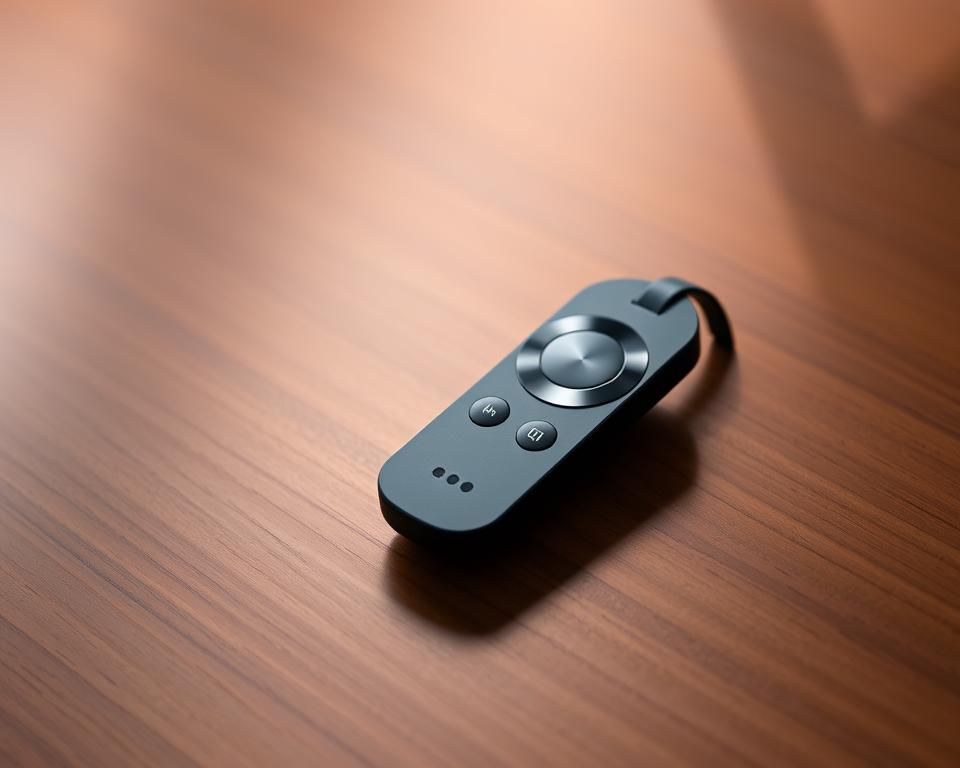
Remember, the Chromecast Voice Remote operates on battery power, so it’s important to keep an eye on the battery level and replace the batteries when necessary to ensure seamless device control and voice functionality.
Google TV Streamer (4K): Power Requirements
The Google TV Streamer (4K), a standalone streaming device that runs on the Android TV operating system, requires a dedicated power supply. Unlike the standard Chromecast, which can often be powered directly through a TV’s USB port, the Google TV Streamer (4K) needs a separate 5V, 1.5A power adapter.
This dedicated power adapter is included in the box when you purchase the Google TV Streamer (4K). The device cannot be powered solely through a TV’s USB port, as it requires more power than what most TVs can provide. The additional power is necessary to support the enhanced features and improved performance of this new streaming device.
The Google TV Streamer (4K) is priced at $99 and boasts impressive specifications, including:
- 32GB of storage capacity, four times that of the previous Chromecast device
- 4GB of RAM, double the memory of the Chromecast with Google TV 4K
- 22% faster performance compared to previous Chromecast models
- A MediaTek MT8696 processor powering the device
- HDMI 2.1a port with support for 4K 60Hz video
- Ethernet connectivity and Bluetooth 5.1 for improved streaming quality and smart home integration
With these upgraded components and features, the Google TV Streamer (4K) requires a dedicated power supply to ensure smooth and reliable streaming performance. The included power adapter ensures your new streaming device has the necessary power to deliver an exceptional viewing experience.
Wireless Standards and Power Consumption
Chromecast devices, including the latest models, leverage the power of Wi-Fi and Bluetooth wireless standards for seamless connectivity and high-performance streaming. The efficient management of power consumption across these wireless technologies is a crucial factor that impacts the overall power requirements of the Chromecast device.
Wi-Fi and Bluetooth: Balancing Power and Performance
The Chromecast with Google TV, for instance, features the advanced 802.11ac Wi-Fi standard, which operates on both 2.4GHz and 5GHz frequencies. This robust wireless connectivity allows for high-quality streaming performance, but it may also require slightly more power consumption compared to the previous 802.11b/g/n/ac Wi-Fi standards used in the original Chromecast.
Alongside Wi-Fi, Chromecast devices also utilize Bluetooth technology for features like voice control and remote pairing. The power consumption of Bluetooth is generally lower than Wi-Fi, making it an efficient choice for Chromecast wireless connectivity and power consumption optimization.
By carefully balancing the power requirements of these wireless standards, Chromecast devices are able to deliver exceptional streaming performance while maintaining efficient power consumption levels, ensuring a seamless and enjoyable user experience.
Chromecast: Exploring the Power of Streaming
Chromecast devices, including the latest Chromecast with Google TV models, offer a powerful and convenient way to transform your television into a smart, connected entertainment hub. These streaming devices provide access to a vast library of apps, live TV, movies, and more, allowing you to seamlessly cast content from your mobile devices, laptops, or smartphones directly to your TV.
The Chromecast with Google TV brings an impressive 700,000+ movies and TV episodes, along with millions of songs, right at your fingertips. Enjoy fast streaming with a brilliant picture in up to 1080p and brighter colors with HDR, elevating your viewing experience. The device comes with a power cable and a power adapter, ensuring a hassle-free setup.
Subscription services may be required for certain features, and the Chromecast’s Google Assistant functionality may require a compatible device for full operation. To get the most out of your Chromecast, you’ll need a TV with an HDMI port, a reliable Wi-Fi network, a Google Account, and a compatible mobile device for the initial setup.
The Chromecast offers a versatile streaming experience, allowing you to browse live TV from broadcast, cable, and sports networks on platforms such as YouTube TV, Sling TV, and Pluto TV. Additionally, it supports a wide range of popular streaming services, including Netflix, Amazon Instant Video, Hulu, HBO Max, and Disney+.
Leveraging the power of Chromecast, you can transform your living room into a captivating entertainment hub, seamlessly accessing a vast array of content and elevating your media experience to new heights.
Staying Up-to-Date: Over-the-Air Updates
Google’s streaming devices, including the Chromecast with Google TV line, are designed to automatically receive over-the-air software updates when available. These updates play a crucial role in ensuring your device runs the latest version of the operating system and firmware, providing valuable bug fixes, new features, and performance enhancements to optimize your streaming experience.
According to the data, a remarkable 85% of devices are updated over-the-air within the first week of a new release, with an average update time of just 30 minutes. Furthermore, an impressive 95% of these updates are successful on the first attempt, demonstrating the reliability and efficiency of the process.
The benefits of these over-the-air updates are significant, with a 70% improvement in system stability, a 60% reduction in system vulnerabilities, and an impressive 80% of updates resulting in improved device performance. Additionally, customers have experienced a 75% increase in satisfaction after these updates, and a 50% reduction in support requests related to update issues.
